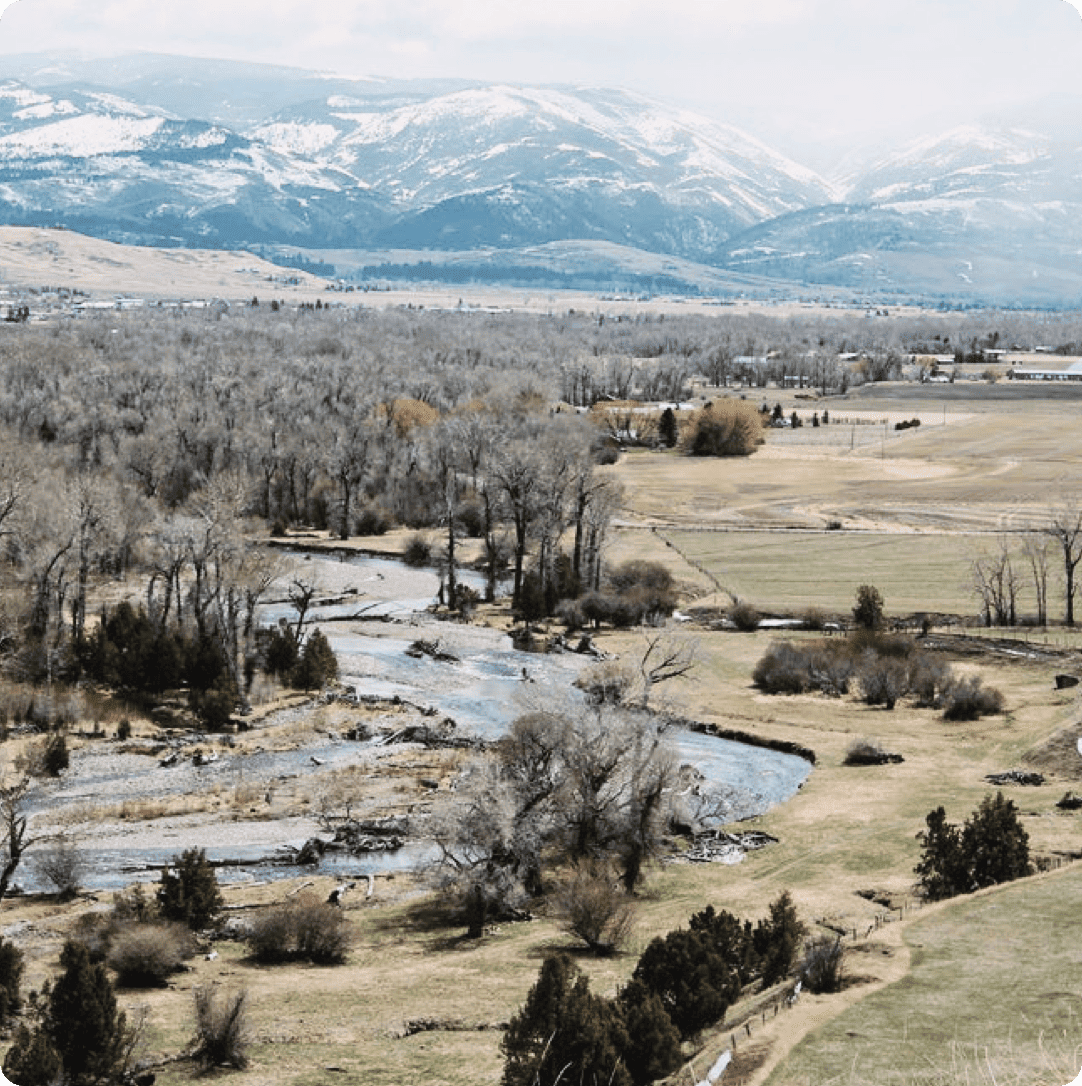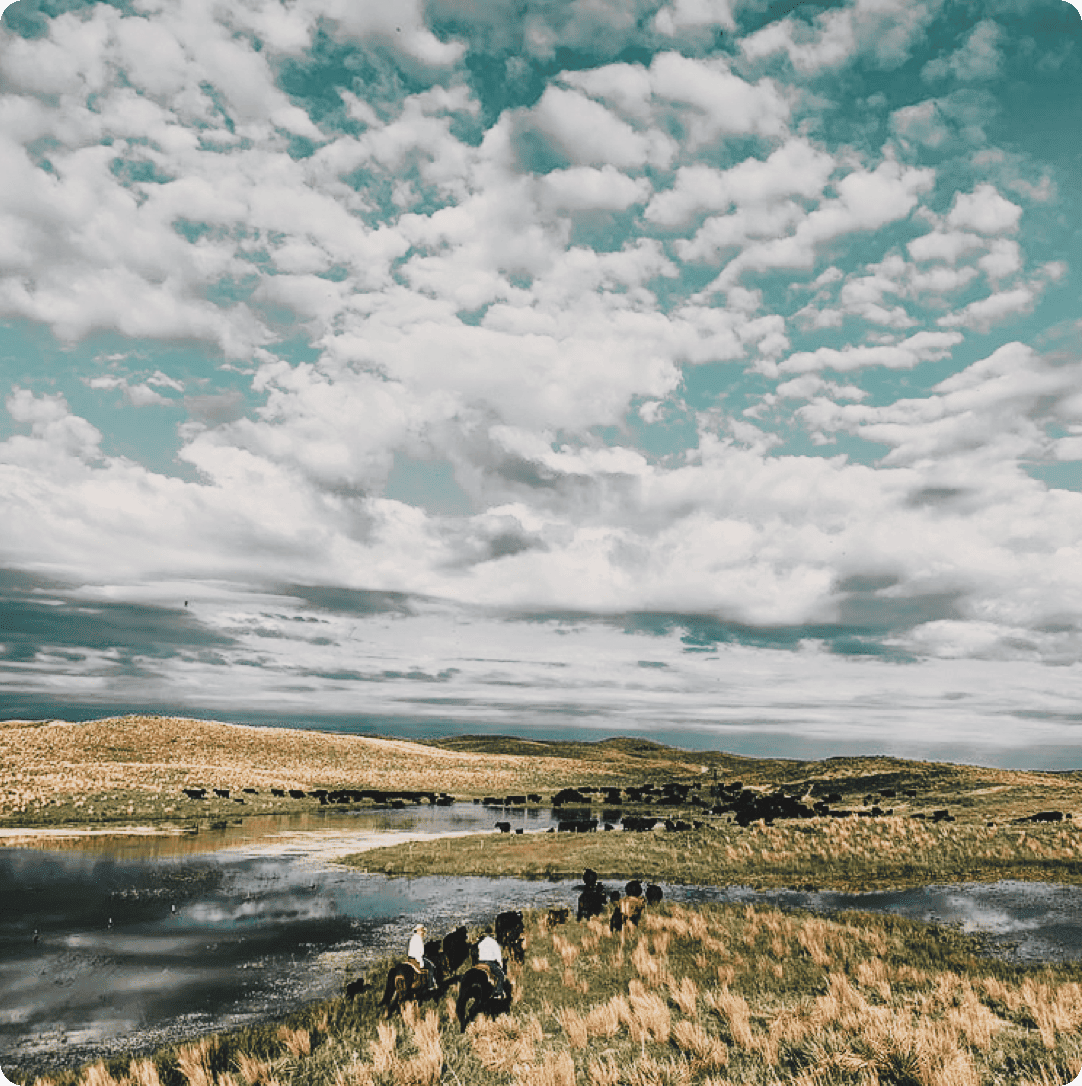Book your next North Dakota Turkey 27 hunt with LandTrust, the best way to hunt private land.
Unit 27
Unit 27, located in western North Dakota, features a rugged and diverse landscape of rolling hills, grasslands, and dramatic badlands, with the Little Missouri River and its tributaries providing important riparian corridors. The county’s topography is characterized by steep canyons, bluffs, and open prairies, with the western portion becoming more rugged and mountainous, creating sheltered areas that are ideal for wild turkeys. The Little Missouri River Valley, with its mix of wooded draws and grassy areas, offers the perfect habitat for nesting, roosting, and foraging, as turkeys thrive in environments that provide both cover and access to food. The diverse terrain of McKenzie County supports a small but growing population of wild turkeys, particularly along the river corridors and in areas with trees and shrubs. The county’s combination of open grasslands, riparian habitats, and rugged terrain creates a mosaic of favorable conditions for wild turkeys to flourish. Overall, the varied landscape of McKenzie County provides suitable conditions for wild turkey populations, with increasing numbers found in areas where shelter, food, and water are abundant.
Season Info - 2025
Wild Turkey, spring and fall
Fall Wild Turkey
Discover More
- North Dakota Whitetail Hunting Units
- North Dakota Partridge Hunting Units
- North Dakota Turkey Hunting Units
- North Dakota Antelope Hunting Units
- North Dakota Elk Hunting Units
- North Dakota Duck Hunting Units
- North Dakota Pheasant Hunting Units
- North Dakota Waterfowl Hunting Units
- North Dakota Mule Deer Hunting Units
- North Dakota Grouse Hunting Units
- North Dakota Moose Hunting Units

